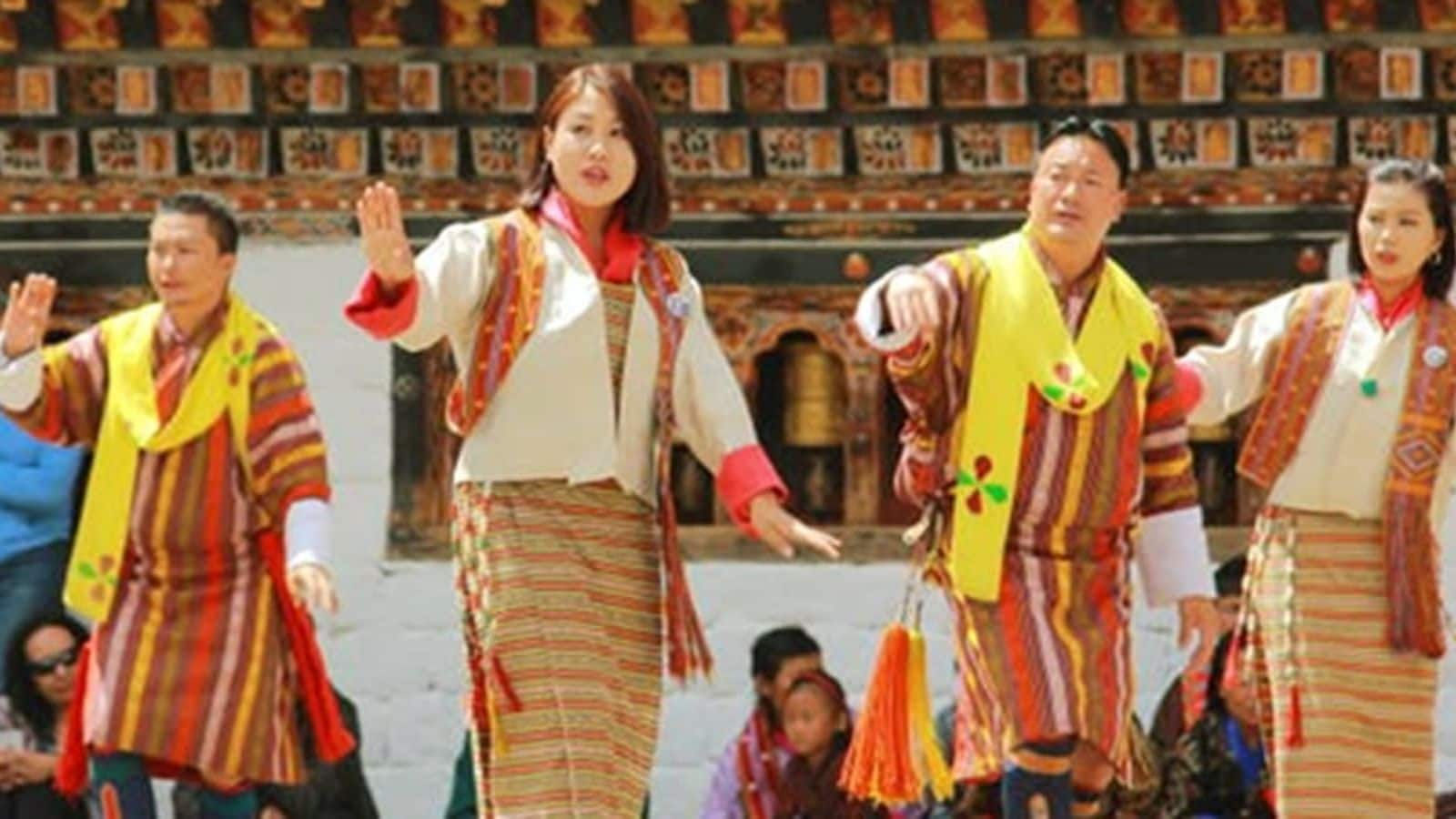
Exploring Bhutan's traditional 'gho' and 'kira' dresses
What's the story
Bhutan, a small kingdom nestled in the Himalayas, is known for its vibrant culture and traditional attire. The national dress for men is the gho, while women wear the kira. These garments are not just clothes but symbols of Bhutanese identity and heritage. This article delves into the aesthetic charm of these ensembles, offering a glimpse into their cultural significance.
Background
The history behind Gho and Kira
The gho and kira are more than mere clothing; they are embodiments of Bhutan's history. Introduced in the 17th century to create a distinct Bhutanese identity, these attires have since been mandatory in public life. The gho resembles a robe hoisted to knee-length, paired with knee-high socks, while the kira is an ankle-length dress complemented by a light outer jacket called Tego.
Key concept
Understanding Bhutanese attire
The intricate designs of ghos and kiras reflect regional variations and occasions. A gho is fastened at the waist with a belt called kera, creating a pouch-like space above it known as tosham. Similarly, kiras are held together by brooches named koma with vibrant patterns signifying marital status or social standing. These garments blend comfort with elegance, showcasing Bhutan's rich textile artistry.
Practical advice
Dressing in Gho and Kira today
For visitors to Bhutan wishing to honor local customs by wearing gho or kira, it's essential to appreciate their cultural importance. One should ensure that both garments are worn respectfully and correctly: ghos at knee length with socks covering calves, kiras wrapped snugly around the body. Engaging with local tailors or guides can provide an authentic experience while respecting this aspect of Bhutanese culture.
Sustainability
Preserving tradition through fashion
In modern times where fast fashion dominates, Bhutan's approach stands out for its sustainability focus. The textiles used for ghos and kiras are often handwoven from natural fibers like silk or cotton. By choosing locally made attire over mass-produced alternatives, one supports artisan communities while promoting eco-friendly practices—a lesson in sustainable fashion from the Land of the Thunder Dragon.